
Antarctic Lights
By Iker Sosa Medina

04 Aug, 2023

Antarctica, the southernmost continent on our planet, has a unique pattern of daylight and darkness due to its position on the globe. As a result, daylight in Antarctica is different from the rest of the world.

When it's summer in Antarctica, around December, the sun doesn't set for several weeks. This period is called 'midnight sun'. The entire continent is bathed in daylight for 24 hours.
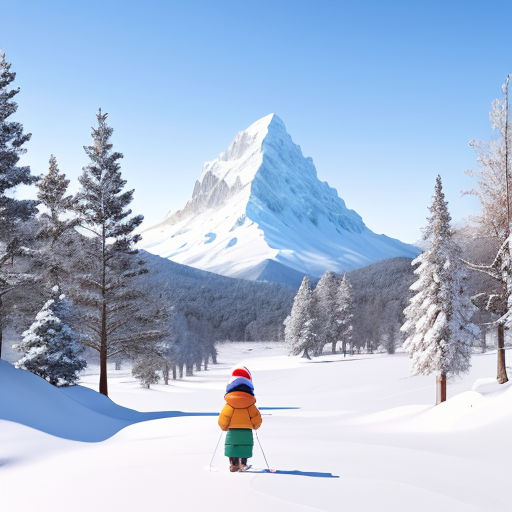
During this time, the snow and ice sparkle like diamonds under the intense sunlight, providing a mesmerizing sight. The continuous daylight can sometimes confuse visitors not used to it.

Scientists and explorers have to adjust their schedules according to the daylight and often wear eye protection to shield their eyes from the strong rays of the sun.

Penguins, the most lovable inhabitants of Antarctica, too, enjoy the 24-hour daylight. It helps them to hunt for food and care for their young ones at any hour of the day.

As the summer ends around March, the sun starts setting, and the daylight hours gradually reduce. By April, the length of the day and night becomes almost the same like in other parts of the world.

When autumn arrives, around May, the sun sets for a few months. During this time, known as the 'Polar Night', the continent is plunged into perpetual darkness.

The temperatures during the polar night can drop to extreme lows, making it harsh for the wildlife. However, the penguins are adapted to survive in these conditions, huddling together for warmth.
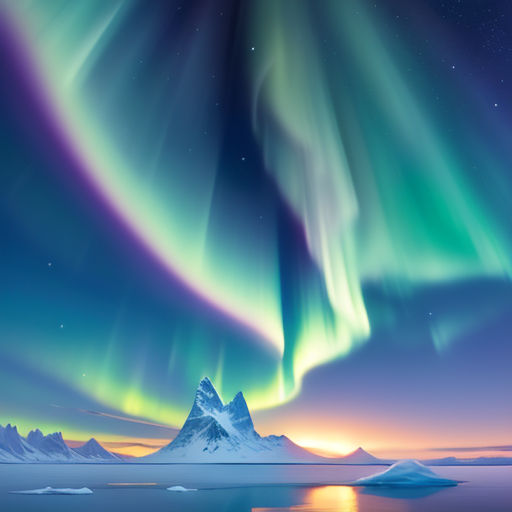
The polar night is not completely dark, though. The moon, stars, and the beautiful Aurora Australis or Southern Lights illuminate the sky, casting a mystical glow on the icy landscape.
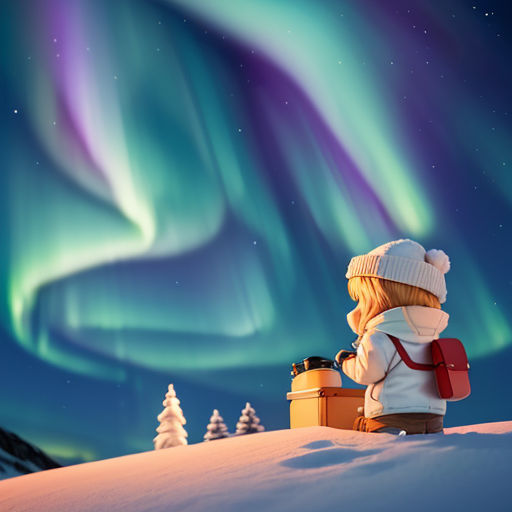
This awe-inspiring spectacle attracts many tourists and photographers who brave the cold for this unique experience. The darkness also provides ideal conditions for astronomical research.

The never-ending darkness can lead to psychological issues like "polar depression" amongst the inhabitants. Therefore, workers are often rotated out of the bases during the winter months.

In September, as spring approaches, the sun begins to rise over the horizon. It brings warmth and light to the continent, signaling the end of the long, cold, dark winter.

With the arrival of spring, the wildlife starts becoming active again. Penguins return to the shores to breed, and seals start their mating season. Skuas and petrels fly in to lay their eggs.

As the sun continues to rise higher each day, the temperatures start increasing, and the giant icebergs begin to break up. This is a stunning process known as calving.

Around November, when the sun is about 6 degrees above the horizon, summer begins, and Antarctica enters another period of continuous daylight, starting the cycle all over again.

This rhythmic pattern of daylight and night, summer and winter, warmth and cold, makes Antarctica a land of extremes and contrasts. This is part of what makes it so fascinating.

Despite its extreme conditions, Antarctica is home to a variety of wildlife and a small group of dedicated scientists who live and work there for parts of the year.

They study the impact of climate change on the fragile ecosystem, examine the ice cores for clues about Earth's past, and monitor the behavior of the wildlife.

Their presence has helped to improve our understanding of this remote region, its unique daylight patterns, and its role in the global climate system.
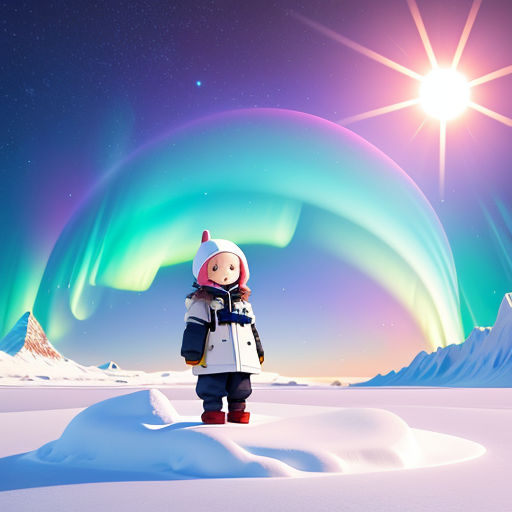
Despite the harsh living conditions, many of them have an emotional bond with Antarctica and its majestic ice-covered landscape lit by the endless sun or illuminated by the stunning Southern Lights.
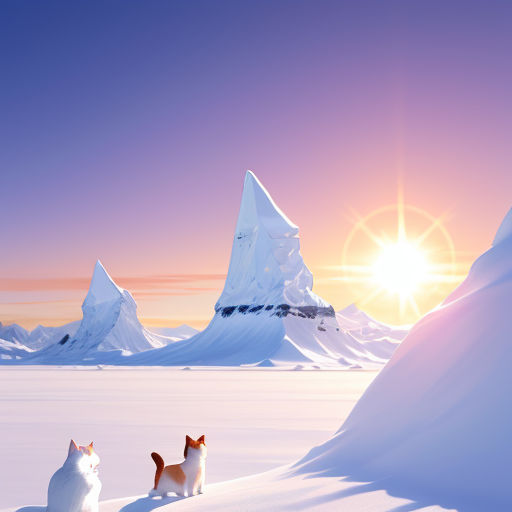
Just as in other parts of the world, the sun is a significant factor in the daily lives of the people and animals in Antarctica. It dictates when they can work, play, sleep, and eat.
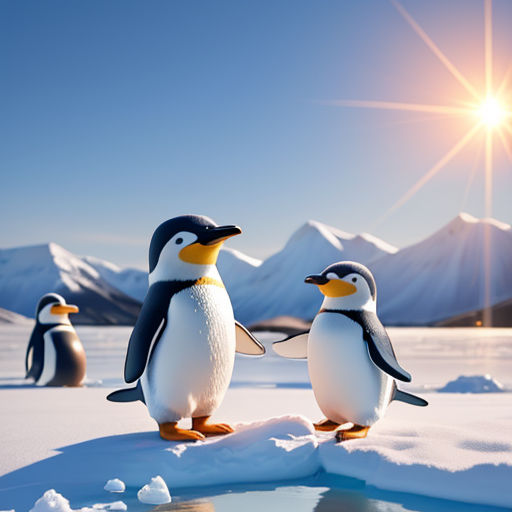
But in Antarctica, the rhythms of life are tuned to a symphony composed by the extremes of nature – a symphony that happens to follow the rise and set of the sun.

Although there are technical ways to measure the start and end of daylight in Antarctica, the reality is that it's more about the sun's influence on the weather, ice, wildlife, and humans.
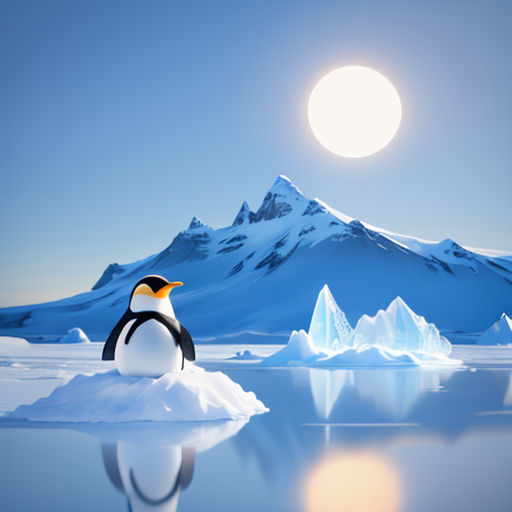
In a way, time in Antarctica isn't determined by the ticking of a clock, but by the waxing and waning of sunlight, the changing patterns of ice, and the rhythms of life on the ice.

This unique pattern of daylight and darkness provides a captivating glimpse into the ways our planet can adapt to different conditions.

If you ever get the chance to visit Antarctica, you will experience first-hand how daylight affects everything – from the behaviour of penguins to your own sleep patterns.

Whether bathed in the endless daylight of summer or shrouded in the perpetual darkness of winter, Antarctica remains a place of stunning beauty and extreme contrasts.

A place where daylight and darkness dance in an eternal ballet, choreographed by the tilt of the Earth's axis and the orbit around the sun.
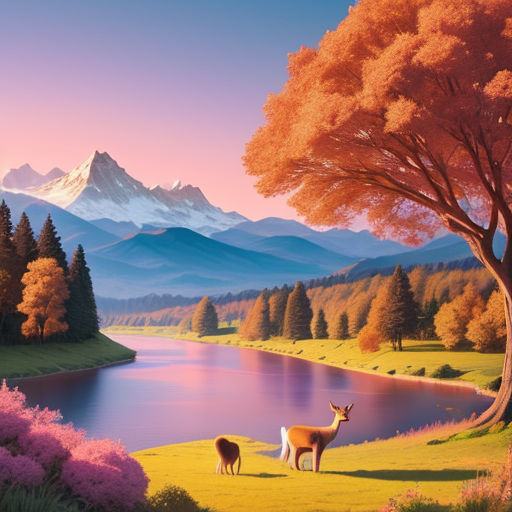
If you ever find yourself in this remote part of the world, remember to appreciate the cycle of sunlight and darkness. It's a reminder of our planet's intricate systems and the wonders of nature.
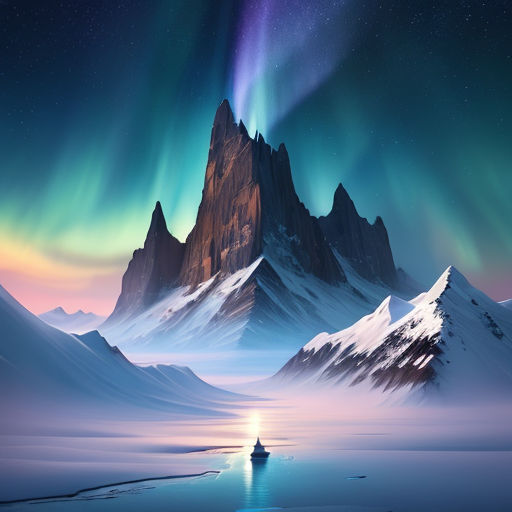
Let this strange and beautiful dance of light and darkness in Antarctica be a symbol of the delicate balance that sustains life on our incredible planet.

Just like the rest of the world, Antarctica has its own rhythm of daylight and darkness. And just as the sun rises and sets elsewhere, it also does in Antarctica, albeit in its unique way.

The endless daylight during summer and the continuous darkness during winter might seem strange to us, but for Antarctica, it's just another day (or night!) in its fascinating life.

So, the next time you watch a beautiful sunrise or sunset, spare a thought for Antarctica. It might be bathed in sunlight or enveloped in darkness while we enjoy our regular day and night.

Whether it's continuous daylight or everlasting darkness, Antarctica remains a land of enchantment, offering us a unique perspective on the world we live in.
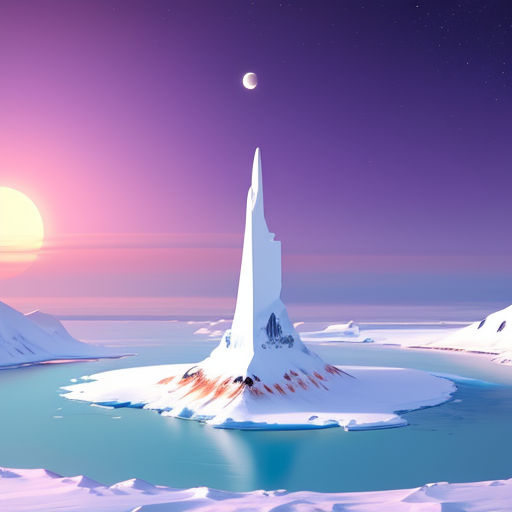
Let's cherish and protect this unique continent and its amazing dance of daylight and darkness, for it's a vital part of our planet's rich and diverse tapestry of life.